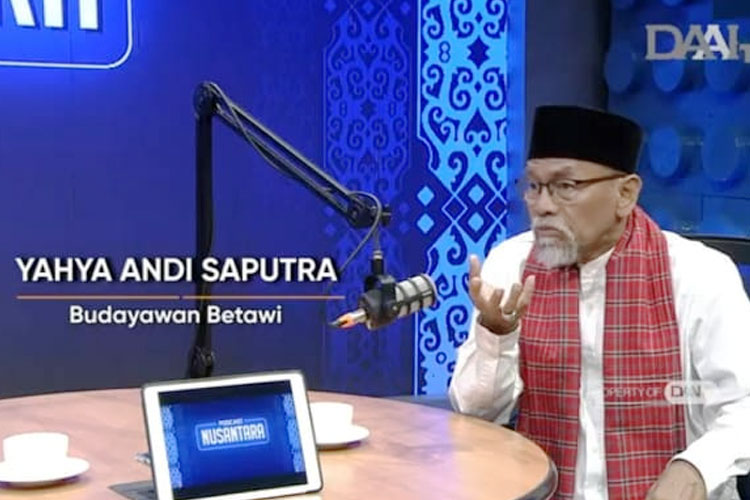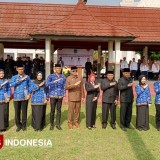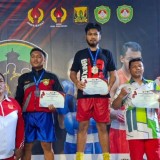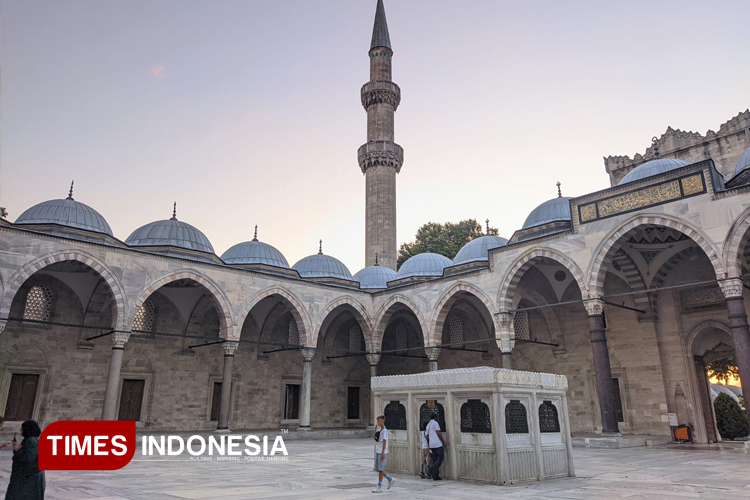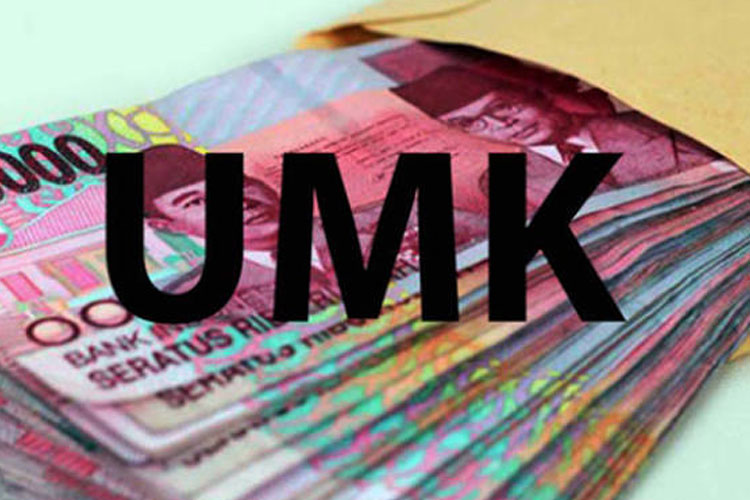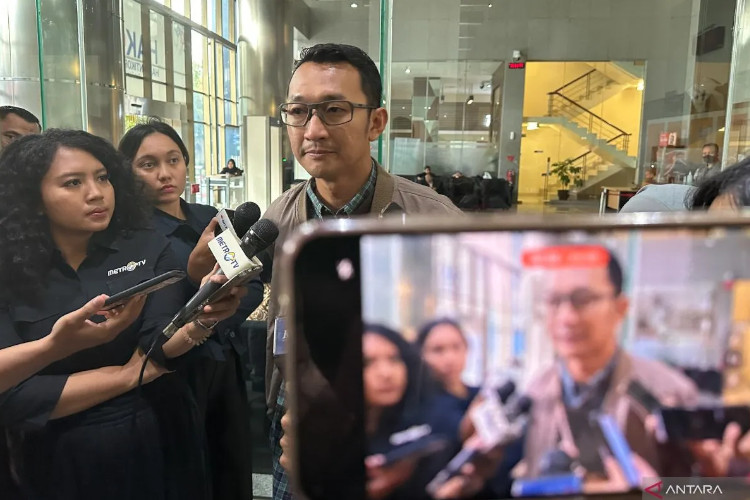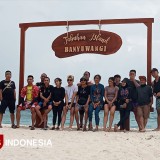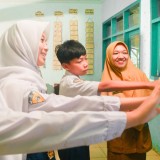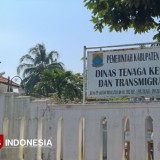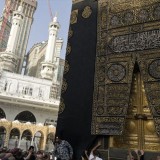TIMES JAZIRAH, JAKARTA – The Betawi are the original people of Jakarta, with an identity shaped by many cultural encounters. As the native inhabitants of the capital, they inherit a rich cultural heritage from various nations that have interacted in the region, including Malays, Chinese, Arabs, and Portuguese.
Yahya Andi Saputra, a Betawi cultural expert, explains that local culture is influenced by three main zones, that are coastal, central, and outer.
According to Yahya, the coastal area of Betawi gave rise to maritime culture, while the central zone is where popular culture such as arts, fashion, and cuisine developed. The outer zone, on the other hand, is known for its agrarian culture, centered on farming and livestock.
“Each of these zones produces different dialects. In the coastal area, there are dialects strongly influenced by Malay. Meanwhile, in the central and outer zones, the Betawi dialects are more influenced by other languages, such as Arabic and Chinese,” Yahya told Arto Biantoro on the Podcast Nusantara.
The History and Origins of the Betawi People
Historically, the Betawi people were first identified in the 15th century, though the presence of the Malay Betawi community was recorded much earlier. Early evidence of the Betawi people includes a will mentioning the name "Betawi" in reference to workers and servants from the region.
Yahya explains, “The Betawi people are a mix of different ethnic groups that came to Batavia (Jakarta) and blended into its social life. In the 19th century, the term Betawi became more popular when the Dutch colonial government used it to describe the native people of Jakarta.”
Betawi culture has been greatly influenced by the major kingdoms that ruled the archipelago. In the 2nd century, the area now known as Jakarta was part of the Salakanagara Kingdom, which was later replaced by the Tarumanagara Kingdom in the 5th century and the Sriwijaya Kingdom in the 8th century. These kingdoms brought Hindu-Buddhist influences, but Islamic culture began to dominate in the 13th century.
“The Betawi civilization we know today is closely related to Islamic culture. However, traces of Hindu-Buddhist influences can still be found, such as in traditional rituals and certain cultural symbols,” Yahya added on the Podcast Nusantara.
Multicultural Influences in Betawi Culture
Betawi culture reflects a blend of various influences. Betawi music, dance, clothing, and cuisine are the results of a mix of local and foreign elements. Yahya emphasizes that Betawi culture has assimilated elements from Arab, Chinese, Indian, and European cultures.
“For example, gambang kromong music is a combination of traditional Betawi music with Chinese instruments like tehyan, sukong, and kongahyan. Similarly, dishes such as asinan and soto Betawi are strongly influenced by Chinese culture,” Yahya explains.
Additionally, Betawi dances like ondel-ondel and topeng Betawi reflect Hindu-Buddhist elements that have been preserved, even though most Betawi culture now centers around Islamic values.
“In the past, ondel-ondel was used in traditional ceremonies to ward off evil spirits. Today, ondel-ondel has become a symbol of Betawi culture in modern celebrations,” he adds.
Challenges in Preserving Betawi Culture
With modernization and globalization, Betawi culture faces challenges in staying relevant in the digital age. One effort by the government is the Regional Regulation (Perda) No. 4 of 2015 on the Preservation of Betawi Culture. This regulation helps to revive various Betawi cultural icons such as sadariyah clothing and kebaya kerancang.
“This regulation helps people to better understand and appreciate Betawi culture. Additionally, the government is trying to include Betawi cultural content in school curricula, from elementary to university levels,” Yahya says.
Furthermore, Yahya adds that Betawi art centers, which were once popular, are being revived by young people interested in learning traditional arts like silat, pantun, and other Betawi arts. According to Yahya, this effort is crucial for preserving Betawi culture amid modernization.
“It’s encouraging that more young people are interested in learning traditional Betawi arts, including silat and palang pintu. This shows that Betawi culture still has strong appeal,” he says.
The Future of Betawi Culture
Although many aspects of Betawi culture are at risk of disappearing due to modernization, Yahya remains optimistic that the culture will survive and adapt over time. One way Betawi culture is adapting is through social media, where younger generations can introduce and revive the culture in new ways.
“We need to use digital technology to introduce Betawi culture to a wider audience. In this way, Betawi culture can continue to thrive and adapt to changing times,” says Yahya.
In the end, preserving Betawi culture is not only the responsibility of the government but also of the community. With cooperation among various parties, Yahya believes that Betawi culture will remain vibrant and become an integral part of Jakarta’s identity as the capital city. (*)
Artikel ini sebelumnya sudah tayang di TIMES Indonesia dengan judul: The Origins of the Betawi People: A Multicultural Heritage
| Writer | : |
| Editor | : Khodijah Siti |
